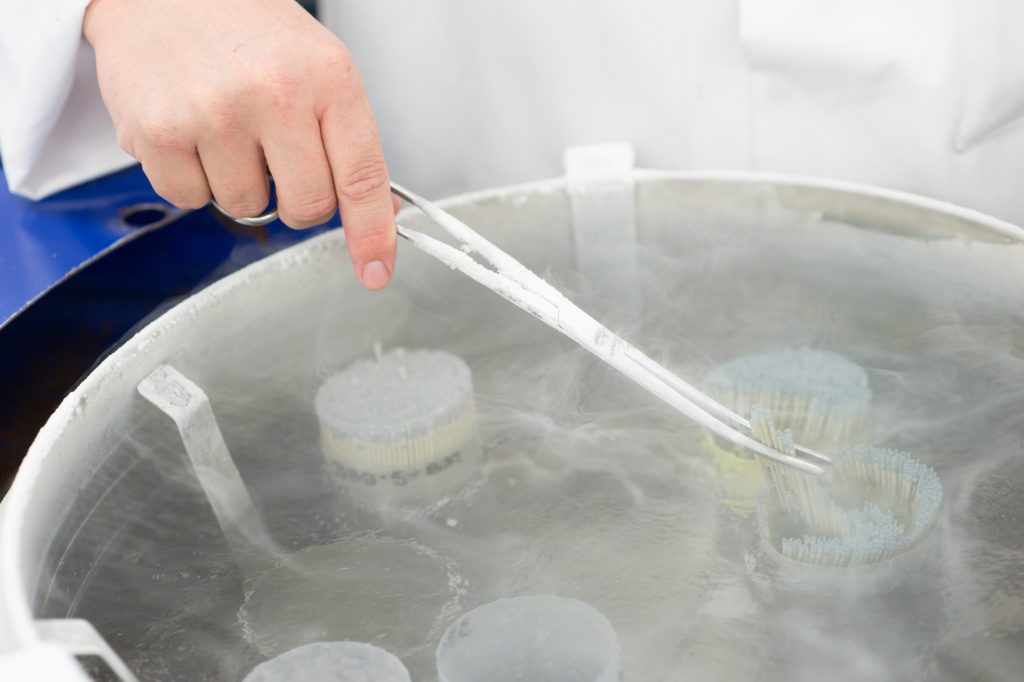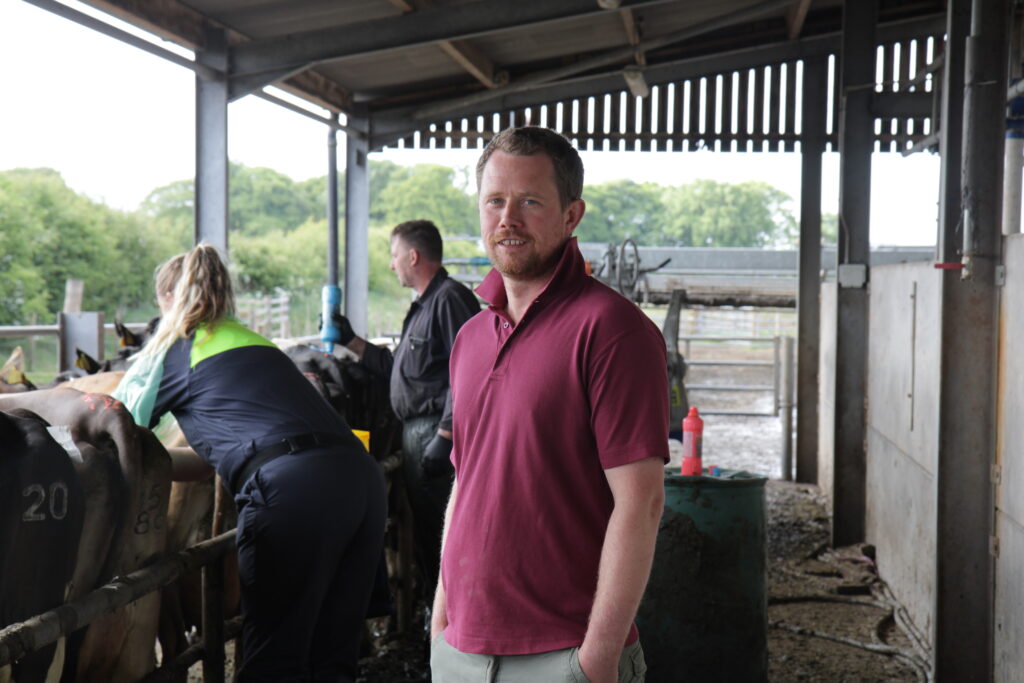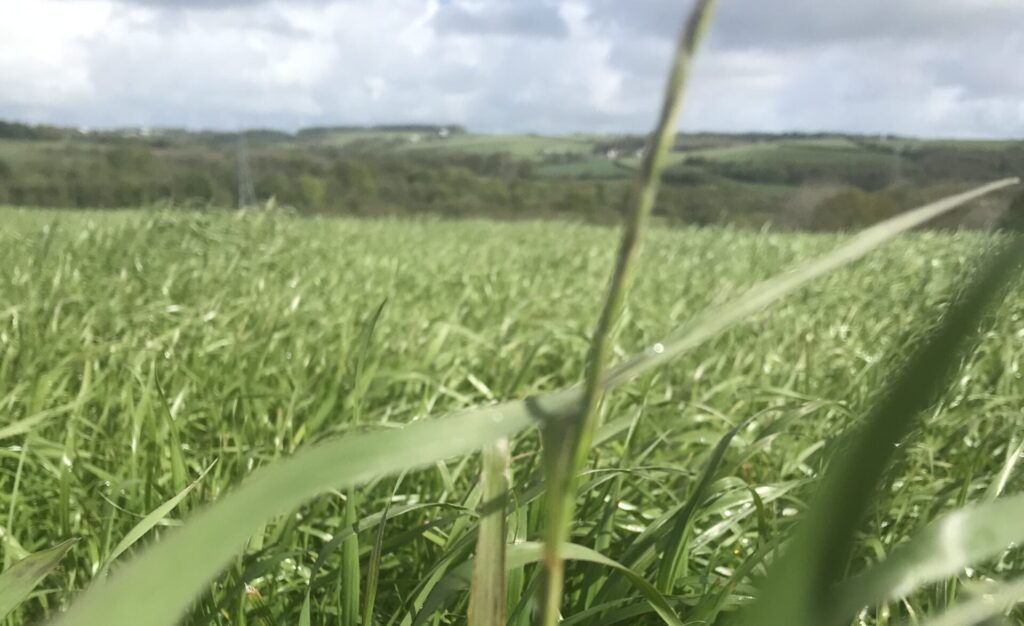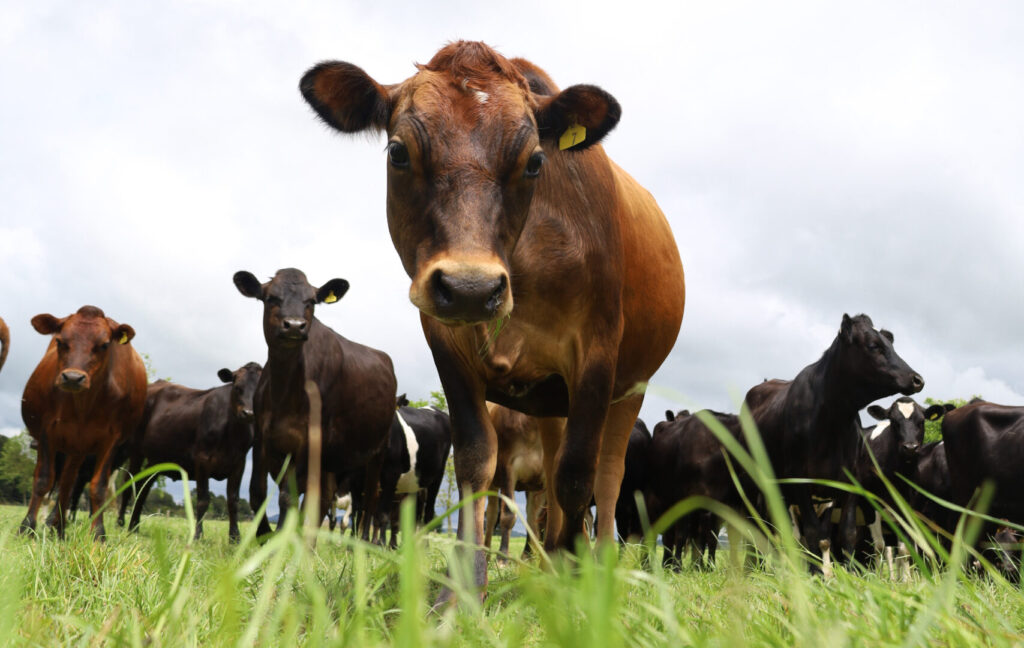With autumn block farmers gearing up for the start of mating, the main focus is around getting cows back in calf and, more importantly, back in calf at the front end of the block. While achieving a tight calving block is important for profitability through having more days in milk, are you doing it the most cost-effective way? Is there a way you can keep your block tight while reducing costs?
Too often when I’m reviewing mating results with clients, I’m congratulating them on achieving a good 6 week in calf rate, but then find myself questioning them on the number of short returns. In some instances, 35% of the second and third inseminations are short returns, which is well above the industry target of 10%. This is meaning more semen is used per pregnancy and is increasing your semen costs, this can be especially expensive if you’re using sexed semen for the first 3 weeks.
So what do I mean when I am talking about a short return?
As cows and heifers normally show a heat every 18 – 24 days, a short return is when a cow is inseminated within 18 days of her last insemination. This means that if you have a short return, either the first insemination or the second was to a false heat.
Most short returns occur the day after insemination or around 8 days afterwards. The reason for this is a cow’s standing heat can last between 2 – 28 hours but typically 12 – 18 hours. This means that once she’s been inseminated and turned back out to the herd after heat detection aid reset, she could still be within standing heat which will result in the triggering of heat detection aids. Between 8 to 11 days after a true standing heat, a cow will have a spike in oestrogen, which could result in cows trying to ride her and in doing so activating your heat aid, but she has not been standing to be ridden.
To start reducing the number of short returns farmers need to return to the basics. This includes performing pre-mating heat checks, recording all heats with comment around the strength of the heat, observing the herd after each milking, monitoring cows and their heat aids throughout the day they are inseminated and to remember heat detection aids are just that, an aid. Through good record keeping and observing two or more signs that a cow is on heat will give you greater confidence in knowing when cows are on heat and help to reduce the number of short returns.
If you are unsure if the cow is in heat then do put her forward for insemination, as inseminating her will at least give you a chance of getting her in calf. This is more important if she has not been inseminated since calving, if the last insemination was more than 20 days ago or if the last insemination was within 18 days but the last heat was weak or you were unsure if the cow was in heat.

Identification is the first step in being able to remedy any issues, if you’re wanting to assess your mating performance or to get help improving it, please contact Sean Chubb on 07833 228501



